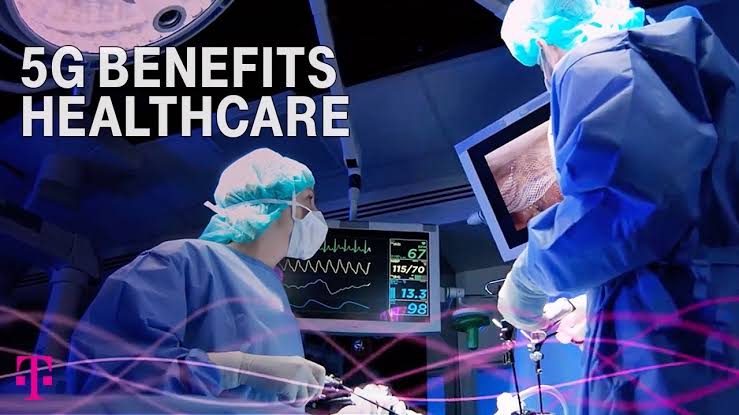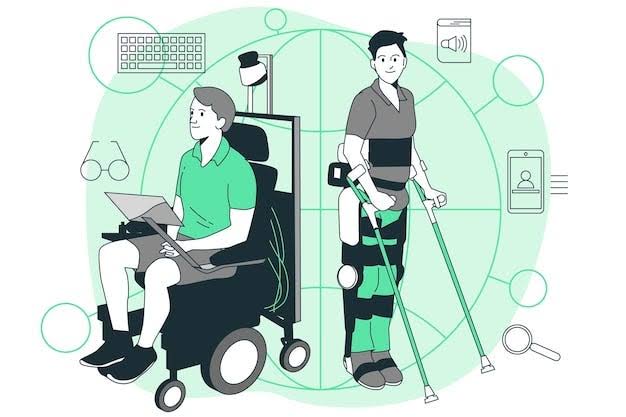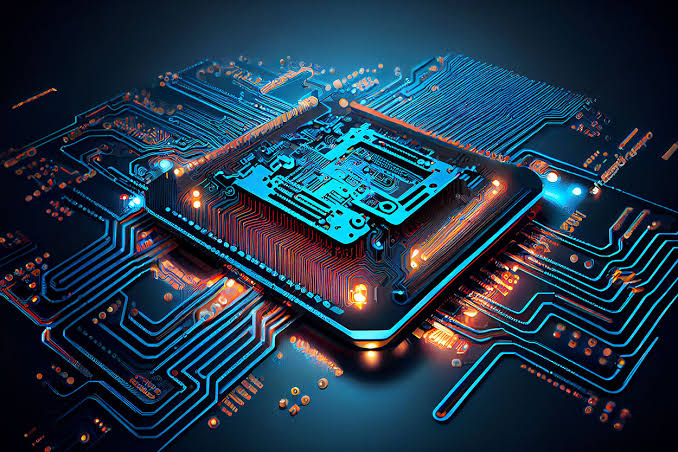The arrival of 5G technology is transforming multiple industries, and healthcare is one of the sectors set to benefit the most. With its ultra-fast speeds, low latency, and ability to handle massive data transfers, 5G is enabling advanced remote healthcare solutions that were once limited by network constraints. From real-time patient monitoring to remote surgeries, this next-generation connectivity is making healthcare more accessible, efficient, and innovative.
Faster Data Transmission for Remote Consultations
One of the most immediate benefits of 5G in remote healthcare is faster data transmission. High-definition video calls and real-time diagnostic sharing are now smoother and more reliable, making virtual consultations more effective.
Key improvements include:
- Minimal buffering during telemedicine sessions
- Clearer video and audio quality for accurate diagnoses
- Seamless transfer of large medical files, such as MRI scans and X-rays
With 5G, doctors can interact with patients as if they were in the same room, ensuring better communication and care quality.
Enabling Real-Time Remote Patient Monitoring
Remote patient monitoring relies on wearable devices and sensors that continuously track vital signs like heart rate, blood pressure, and oxygen levels. 5G’s low latency ensures this data is transmitted instantly to healthcare providers.
Advantages include:
- Immediate alerts for abnormal readings
- Faster decision-making during emergencies
- Continuous care for patients with chronic conditions without frequent hospital visits
This constant connection between patients and healthcare professionals can improve outcomes and reduce hospital admissions.
Advancing Telemedicine in Rural Areas
In many rural or underserved areas, access to quality healthcare is limited. 5G can bridge this gap by supporting mobile health clinics and remote consultations without relying on outdated network infrastructure.
Benefits for rural healthcare:
- Stable connections for long-distance telehealth services
- Access to specialists located in urban centers
- Faster emergency response through mobile medical units equipped with 5G connectivity
This expansion of healthcare access can help reduce disparities in medical treatment.
Powering Remote Surgeries with Precision
One of the most groundbreaking applications of 5G in healthcare is remote surgery. Surgeons can operate on patients from thousands of miles away using robotic surgical systems, guided by real-time video and data feedback.
Impact of 5G in surgical operations:
- Ultra-low latency allows precise robotic movements without delays
- High-resolution imaging supports accurate procedures
- Surgeons can collaborate across borders in real time
While still in its early stages, 5G-powered remote surgery has the potential to revolutionize specialized medical care.
Improving AI-Driven Diagnostics
Artificial intelligence is increasingly used in healthcare for image analysis, disease prediction, and treatment recommendations. With 5G, AI systems can process data faster by sending it to cloud-based platforms without lag.
Enhancements from 5G integration:
- Faster turnaround for lab and imaging results
- Real-time AI-assisted decision-making during consultations
- Efficient handling of large datasets for research and diagnosis
This speed can lead to earlier detection of health issues and more personalized treatment plans.
Supporting Augmented and Virtual Reality in Healthcare
Augmented reality (AR) and virtual reality (VR) are becoming valuable tools for medical training, therapy, and patient education. 5G enables these technologies to function seamlessly without lag or image distortion.
Applications in healthcare:
- VR-based physical rehabilitation programs for patients
- AR-guided surgeries to enhance precision
- Virtual anatomy lessons for medical students
These tools improve both the patient experience and the skills of healthcare professionals.
Challenges and Considerations
While 5G offers significant benefits, its adoption in healthcare comes with challenges.
- High infrastructure costs for rural deployment
- Cybersecurity risks due to increased connectivity
- Need for regulatory guidelines to ensure patient safety and data privacy
Healthcare providers must address these issues to ensure safe and reliable 5G-based services.
Conclusion
5G technology is set to transform remote healthcare services by making them faster, more reliable, and more accessible. From enabling real-time patient monitoring to supporting remote surgeries and AI-driven diagnostics, the potential impact is enormous.
While challenges remain in infrastructure, security, and regulation, the integration of 5G into healthcare systems promises a future where high-quality medical care is available to more people, regardless of location. With continued innovation, 5G could redefine how the world approaches patient care.




Cool